What is Shopify Branding?
Shopify branding refers to the process of creating a unique image, voice, and personality for your Shopify store. It’s more than just a logo or color scheme; it’s about showing your business values, mission, and ethos through every touchpoint customers have with your store.
When done correctly, Shopify branding ensures that visitors instantly recognize and resonate with your store, amidst countless others.
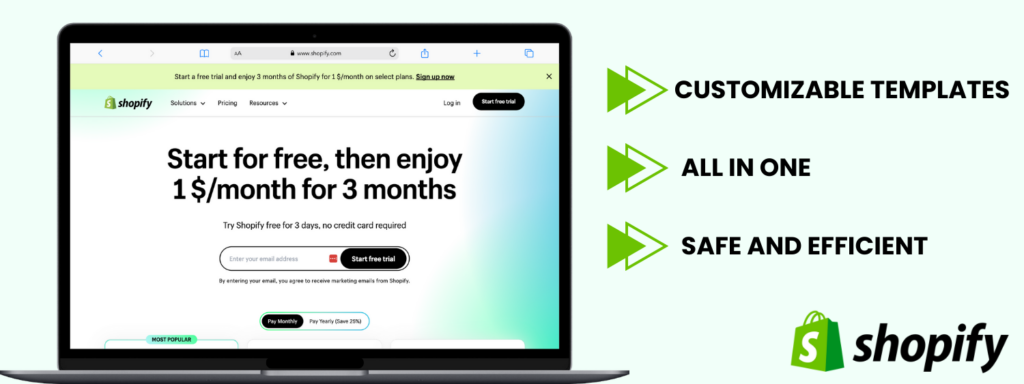
How to Brand Your Shopify Store: Tips and Strategies
With these tips and strategies, you’ll have a memorable Shopify store brand in no time:
- Define your brand and tone of voice
- Do market research
- Create a memorable brand name
- Opt for a tailored Shopify theme
- Design a memorable logo for your Shopify store
- Consider your brand colors
- Craft an engaging brand story
- Invest in high-quality product photography
- Personalize user experience
- Integrate interactive elements
- Optimize for Shopify mobile shopping
- Leverage social media integration
1. Define Your Brand and Tone of Voice
Every high-profile brand carries its values and a core belief that forms its foundation. It isn’t just about the product or service you’re selling; it’s about the feelings, values, and promises associated with it.
So, what questions should you ask to define your brand and determine how your customers should perceive it?
Here are a few to help get you started:
- What is your business’s vision and mission?
- What are your core values?
- Who is your target audience?
- What makes your brand unique? What makes it stand out from the others?
- What emotions do you want your brand to bring out in your customers?
- What is your brand story?
- How do you want your brand to be perceived visually?
It would be a good idea to brainstorm with a team, or, if you’re starting the business by yourself, it could be a good idea to answer these questions with friends or family. Make this process as fun and creative as possible, and don’t stress out too much.
Example: Nike’s famous slogan “Just Do It” transcends beyond the realm of athletic wear. It’s a call to action, an inspiration for many to push their limits, and a reflection of the brand’s ethos that champions empowerment and determination.
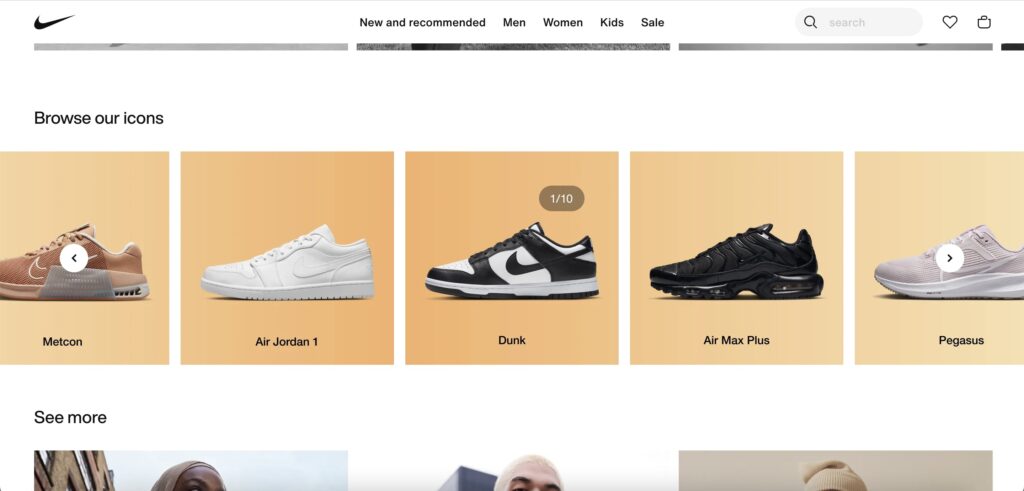
2. Do Market Research
Begin by defining your ideal customer profile. Consider their age, interests, geographical location, and income level to understand their demographics clearly.
Evaluate your competitors’ strategies by examining their websites, product offerings, packaging, customer service, and marketing tactics. Identify their strengths and areas for improvement.
Last but not least, assess how your product compares to those of your competitors. Whether they target end consumers or businesses, aim to enhance what they’re doing well in a way that benefits your brand.
Example: If you’re selling eco-friendly fitness gear, your ideal customer might be environmentally conscious individuals aged 20-35, interested in health and sustainability, with a mid to high-income range.
MORE: How to Open a Shopify Store
3. Create a Brand Name for Your Shopify Store
A memorable brand name is the heart of your business, serving as the first impression to potential customers and setting the tone for all interactions that follow.
With so many brands competing in the eCommerce space, creating a unique name that stands out from the crowd is not an easy feat. And even when you come up with a name, you need to find out if it can be registered, trademarked, etc. So if brainstorming doesn’t leave you with as great of an idea as you would’ve wanted, we have another idea for you.
The Shopify Name Generator is a tool that uses AI to create memorable store names. In a few simple steps, you’ll have thousands of ideas ready to register and use. Just input a few keywords that you want to be associated with your Shopify store, and voilà!
MORE: How to change your Shopify store name
4. Opt for a Tailored Shopify Theme
The design and layout of your online store play a crucial role in providing an immersive brand experience for your visitors. While Shopify offers many pre-made themes, sometimes a custom touch is necessary to showcase your brand.
A tailored theme for your Shopify store allows for a more refined and personalized user experience, aligning with your brand’s voice and vision. Remember that your Shopify brand color will be something that your customers will associate your shop with.
To get a tailored Shopify theme, you can go to your Shopify theme editor and create a unique theme for your brand.
Example: Helm Boots, renowned for its handcrafted leather boots, utilizes a bespoke Shopify theme. It resonates with their brand persona by providing a rugged, artisan ambiance, showcasing their commitment to craftsmanship.
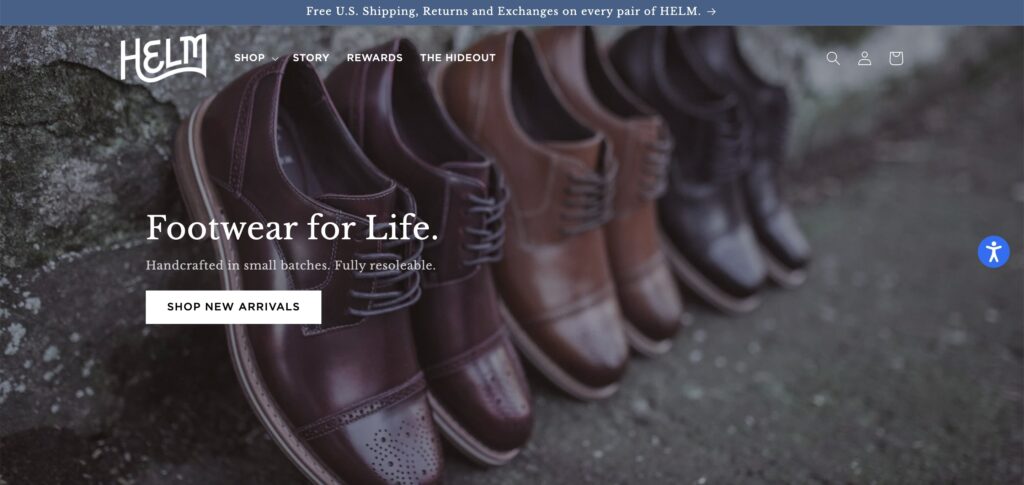
MORE: Discover the best Shopify themes
5. Design a Memorable Logo for Your Shopify Store
In branding, your logo plays a leading role. It’s more than just a graphic—it’s a visual representation of your brand’s identity and values.
If you’re stuck for ideas, then take a look at our Shopify video guide on how to create a successful Shopify store.
Example: Consider Apple, one of the titans of tech. Their logo, a simplistic portrayal of an apple with a bitten segment, is iconic. Its minimalist design mirrors the brand’s philosophy of simplistic innovation, cementing its position as a brand that prides itself on intuitive design and forward-thinking.
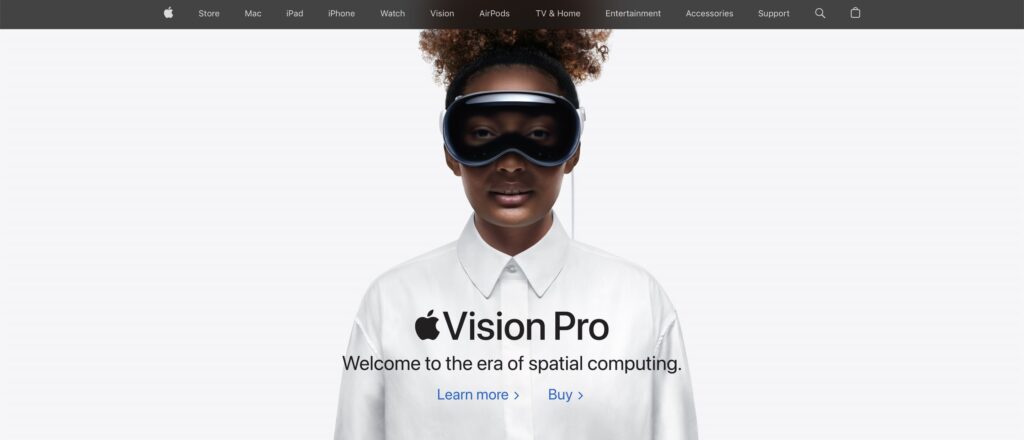
MORE: What is Shopify Plus
6. Consider Your Brand Colors
Colors play a big role in brand perception. They can evoke emotions, set moods, and communicate values without uttering a single word. All Commerce Journal’s 2023 study into the psychology of colors and branding, found that color played a big part in how people perceived brands. From customers liking products to the tone of the adverts and promotional material set.
Consistency is key in branding, and having a consistent color palette can significantly enhance brand recall and recognition. The colors you choose should resonate with your brand’s essence and remain consistent across all touchpoints, including your website, packaging, or promotional materials.
Example: Tiffany & Co. The luxury jewelry brand has immortalized itself with its signature robin’s-egg blue. This distinct shade isn’t just a color; it embodies elegance, sophistication, and timeless luxury, instantly recognizable worldwide.
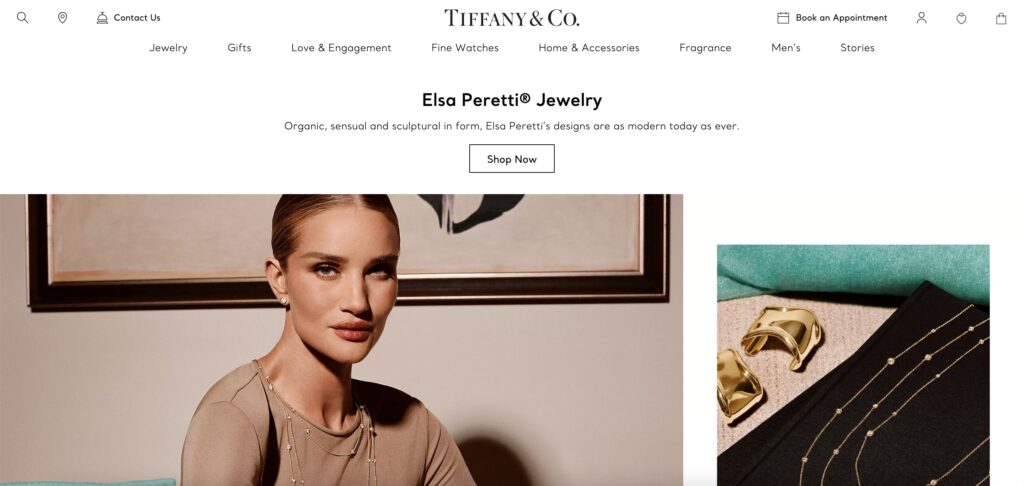
7. Create an Engaging Brand Story
To create a deeper emotional connection with your customers, you can add an engaging brand story that will explain to your customers your brand’s mission. Add an ‘About Us’ page where you explain how you came up with the idea behind your store, and what made it successful.
Customers will feel closer to your brand if they feel there is a human behind the screen. Perhaps you could add a few pictures or visuals of how your products are made as well?
Check out our video on branding and marketing tools for Shopify beginners.
Example: TOMS shoes doesn’t just sell footwear. They share a mission. With every purchase, TOMS pledges to make a difference, donating a pair to a child in need. This narrative transforms every shopping experience, making customers feel they’re contributing to a grander purpose.

8. Invest in Quality Product Photography
In the digital age, where in-person product experiences are often limited, images bridge the gap. Quality product photography can make or break a sale. But going beyond the typical white-background photos can provide a richer understanding of the product’s value and application.
To create high-quality product photography, we recommend investing in a product photographer who understands your brand’s image. However, if you already have a camera, background, and some lighting equipment, you could try creating professional product photos as well. Free apps like BeFunky and Pixlr can help you edit your images in no time.
By showcasing products in their natural habitat or in real-life situations, brands can drive home the product’s unique selling point and evoke a stronger desire to purchase.
Example: GoPro, the renowned action camera brand, stands as a testament to this. Instead of mundane studio shots, they spotlight their cameras amidst adrenaline-fueled adventures – be it surfing gigantic waves or free-falling from the sky. This not only accentuates the product’s ruggedness but also the exhilarating memories it can capture.

MORE: How much does a Shopify store cost?
9. Personalize User Experience
In the age of impersonal digital interactions, personalized experiences shine through. Customers are likelier to engage and convert when they feel seen and understood. ABMATIC AI, says that the personalized approach helps businesses build strong connections and develop their brand identity.
Leveraging tools, plugins, or in-built Shopify features to curate bespoke shopping experiences can give your brand a significant edge. It’s about making every user’s interaction feel exclusive as if the store was built just for them.
Example: Beardbrand, a men’s grooming brand, exemplifies this by offering product recommendations not based on generic bestsellers but through a tailored quiz that factors in individual beard lengths and concerns. It’s not just about selling a product but solving a unique problem.

10. Integrate Interactive Elements
The modern shopper isn’t just looking for products; they seek experiences. Merging interactive elements with eCommerce can elevate the shopping journey, making it more engaging and informative. Whether it’s through explainer videos, immersive lookbooks, or fun quizzes, these touchpoints can provide richer context, clarify doubts, and even entertain.
According to studies, 71% of consumers anticipate personalized experiences from companies, and 76% become frustrated when these expectations are not met. This increases the stakes for businesses, as consumers now find it simpler than ever to opt for alternatives if they are dissatisfied with the experience provided.
Example: Kylie Cosmetics, the beauty mogul’s brand, takes this to heart by integrating video swatches. Instead of static images, they showcase how their diverse range of makeup products appear on various skin tones, making selection easier and more inclusive.

11. Optimize for Shopify Mobile Shopping
Ensure your Shopify store is mobile-friendly, this can greatly influence conversion rates. It’s about delivering the same brand essence, storytelling, and ease of navigation, irrespective of screen size.
Example: Adidas, the sportswear giant, ensures this seamlessness. Whether you’re browsing on a desktop or on your phone, the experience is equally intuitive, visual-rich, and unmistakably ‘Adidas’.
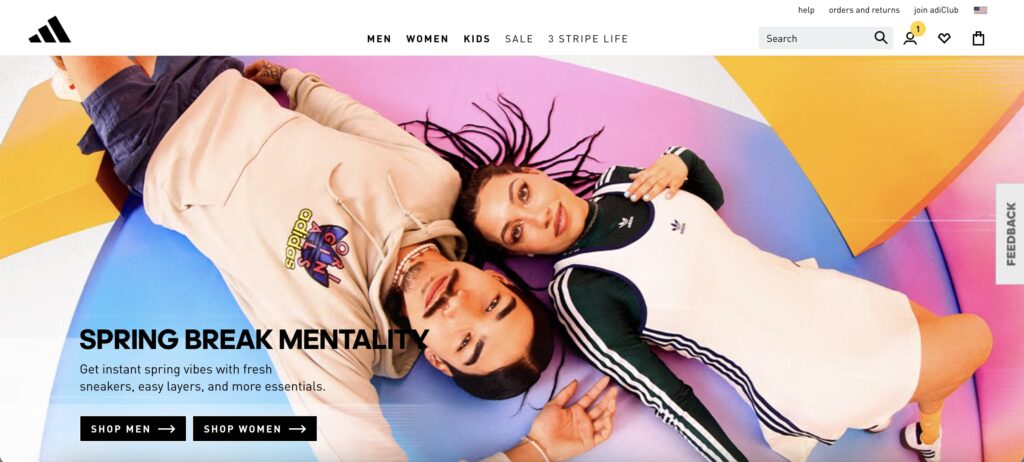
12. Leverage Social Media Integration
Integrating your social feeds into your Shopify store can provide dual benefits. Firstly, it keeps your content dynamic, and secondly, it showcases the brand’s community engagement.
Example: Frank Body, an Australian skincare brand, leverages this beautifully. They showcase authentic testimonials by embedding user-generated content from their Instagram onto their store. It’s not just about the product but the tangible results and the community of users who swear by it.
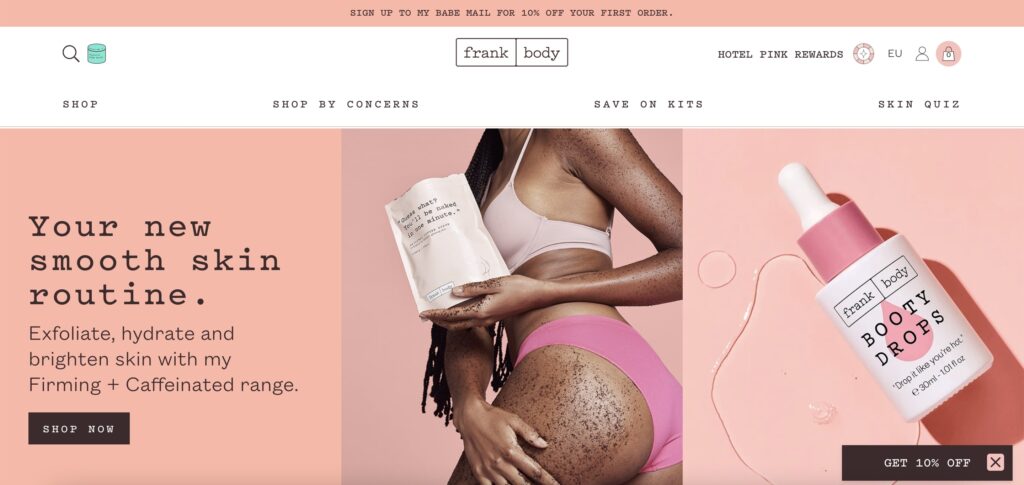
Benefits of Branding Your Shopify Store
The benefits of branding your Shopify store include:
- Helps build credibility and trust with your customers. A visitor’s decision to stay, browse, and eventually make a purchase is influenced by the design, presentation, and feel of the store.
Expert tip: Add reviews and testimonials on your website. These not only serve as real-world validations of your product or service but also create a transparent dialogue with your audience.
- Creates customer loyalty: When branding is consistent – from logo to color palette, product descriptions to blog posts, it helps customers remember your brand. Over time, this connection could translate into loyalty.
- Gives a competitive edge: In the competitive eCommerce space, countless Shopify stores compete for attention, and effective branding emerges as a key differentiator.
- Adds value: Branding elevates a business beyond its product offerings and revenue streams. A strong, recognizable brand becomes an asset in its own right. It can significantly affect business evaluations, partnerships, or even potential acquisitions.
4 Examples of Top Shopify Branding
Here are a few of our favorite Shopify branding examples:
1. Gymshark

In the fitness space, Gymshark is known as the garage startup that turned into a global sensation.
Why does their branding work?
Gymshark’s Shopify store has a clean black-and-white theme that exudes professionalism. This, paired with real-life images of their community wearing the products, allows visitors to envision themselves as part of the Gymshark family.
2. Pura Vida Bracelets
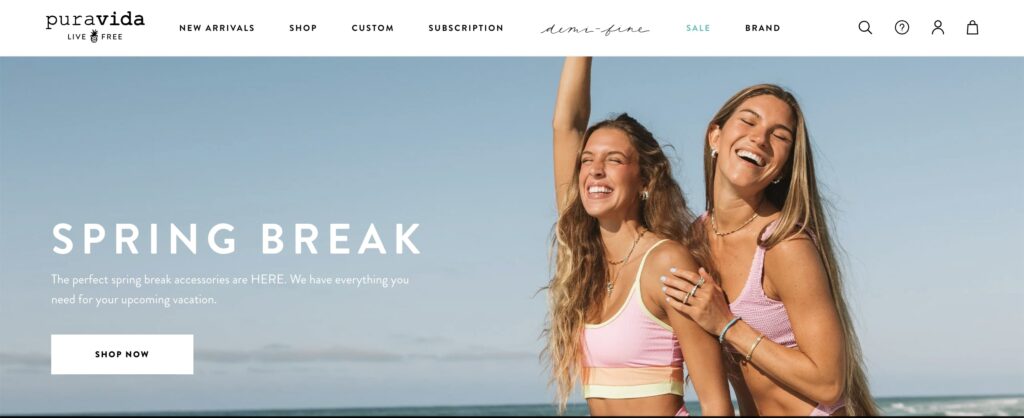
“Pure Life” in Spanish, Pura Vida Bracelets encapsulates the spirit of Costa Rica, the country that inspired its inception.
Why does their branding work?
The brand’s Shopify store branding mirrors the bracelets’ laid-back, vibrant, and beachy vibes. Bright product images showcase each bracelet’s intricate details and tell the story of the artisans behind them.
3. Allbirds
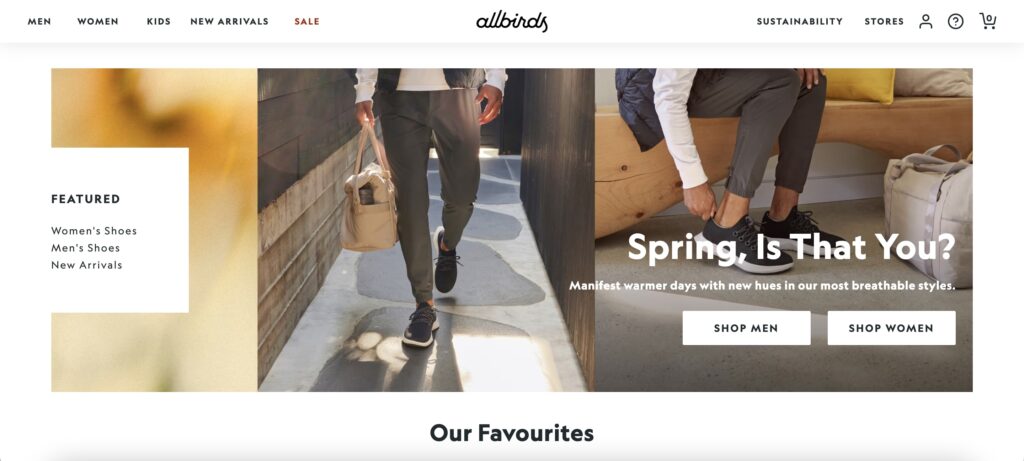
Allbirds is a brand that has revolutionized footwear through sustainability.
Why does their branding work?
Their Shopify store reflects their ethos to the core. Opting for a minimalistic design, the site emphasizes the shoes and the sustainable practices behind their creation. The look of the products does not just entice visitors but promises a more eco-friendly choice.
4. Jeffree Star Cosmetics

In the world of makeup, Jeffree Star is an iconic figure, known for his flamboyant style and no-holds-barred attitude.
Why does his branding work?
Every element, from product images to descriptions, screams individuality, empowering customers to embrace their unique beauty. The branding is so powerful that one can’t help but associate the electric pinks, reds, and holographic hues with Jeffree Star himself.
MORE: How do Shopify reports work?
Takeaway Points
Shopify branding is about creating your store’s unique image, voice, and personality. It’s important to note that branding goes beyond just logos and color schemes — instead, it’s a process that pulls together your business values, mission, and the brand’s essence.
The benefits of branding your Shopify store include building credibility and trust with customers, fostering customer loyalty, gaining a competitive edge, and adding long-term value to your business.